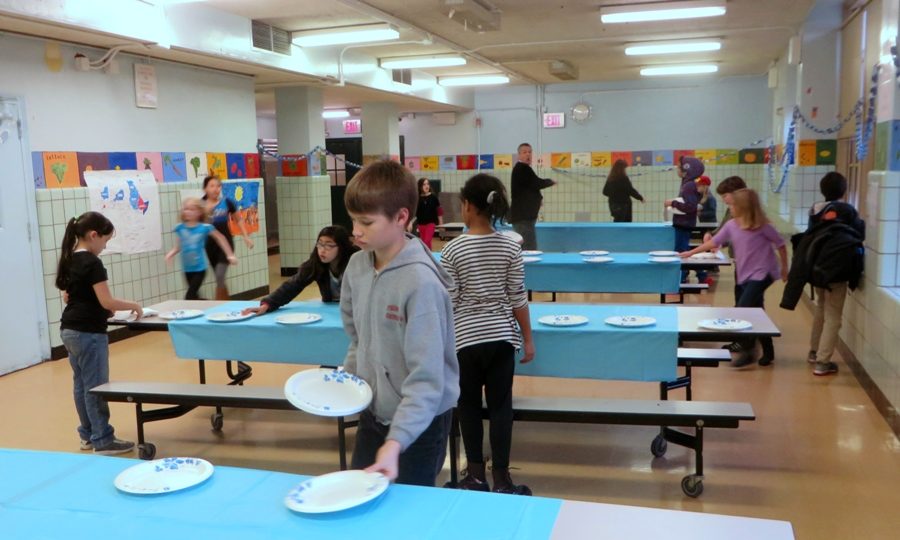Garbage in, garbage out
School lunches need reform
Sophie Hoffman is a freshman at Starr’s Mill High School. She wrote the following op-ed article as part of a class assignment in Brandon Kendall’s 9th grade Literature and Composition class.
The worst line that a student could ever face is… the lunch line.
The problem with school lunch is that it’s either from a can or pre-made and put in a refrigerator for who knows how long.
If the school wanted students to eat healthy and to improve their diversity of food, then they need to set a good example of healthy food.
Improving school lunches will help students have a nutritious meal that tastes good, but also fills them up. According to an article published in The Atlantic, “The Nutrition Policy Institute found that healthier food could improve student achievements by about 4 percentile points.”
The first step to take is to stop selling sodas, chips, and other junk foods in the cafeteria. Instead of selling this junk food, the cafeteria should start selling foods such as homemade granola, dried fruit, nori, or veggie chips.
If the cafeteria wants to give students an occasional treat, the cafeteria could reduce the amount of fat and sugar in the food. Tasty treats the cafeteria could make with less sugar and fats are foods include oat cookies, chia seed pudding, chocolate dipped bananas or fruit popsicles.
According to the New York Times article “The School Lunch Test,” “Some schools in Berkeley have changed from having 95 percent of their food processed to 90 percent of their food being fresh and made from scratch.”
Another way to improve lunch is to order is to stop ordering premade food and start making homemade food. In order for the cafeteria cooks to make homemade food, the school will need to find out where they can buy fresh healthy food at an affordable price. If getting fresh food uses too much of the school budget, then the school should find a foundation or make a partnership with a restaurant that would provide or help the school find better ways to make the school cafeteria healthy while still making sure the cafeteria is profitable.
The hardest improvement will be teaching the cafeteria cooks how to prepare easy and nutritious food. The cooks should not just be paid because they can put food in the microwave. Anyone is capable of doing that. If the cafeteria cooks need help learning how to make healthy food than they should get parents and local chefs who want to improve school food to volunteer and help out.
With improved lunches students will stop dreading lunch and instead get excited to eat lunch. If we want better school cafeteria food we cannot just wait for a change. We have to be the ones who step up and make the change.


